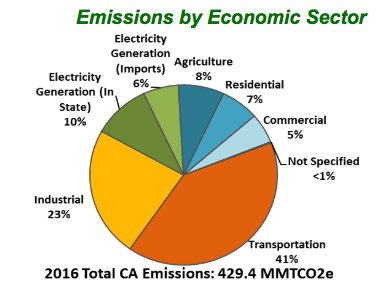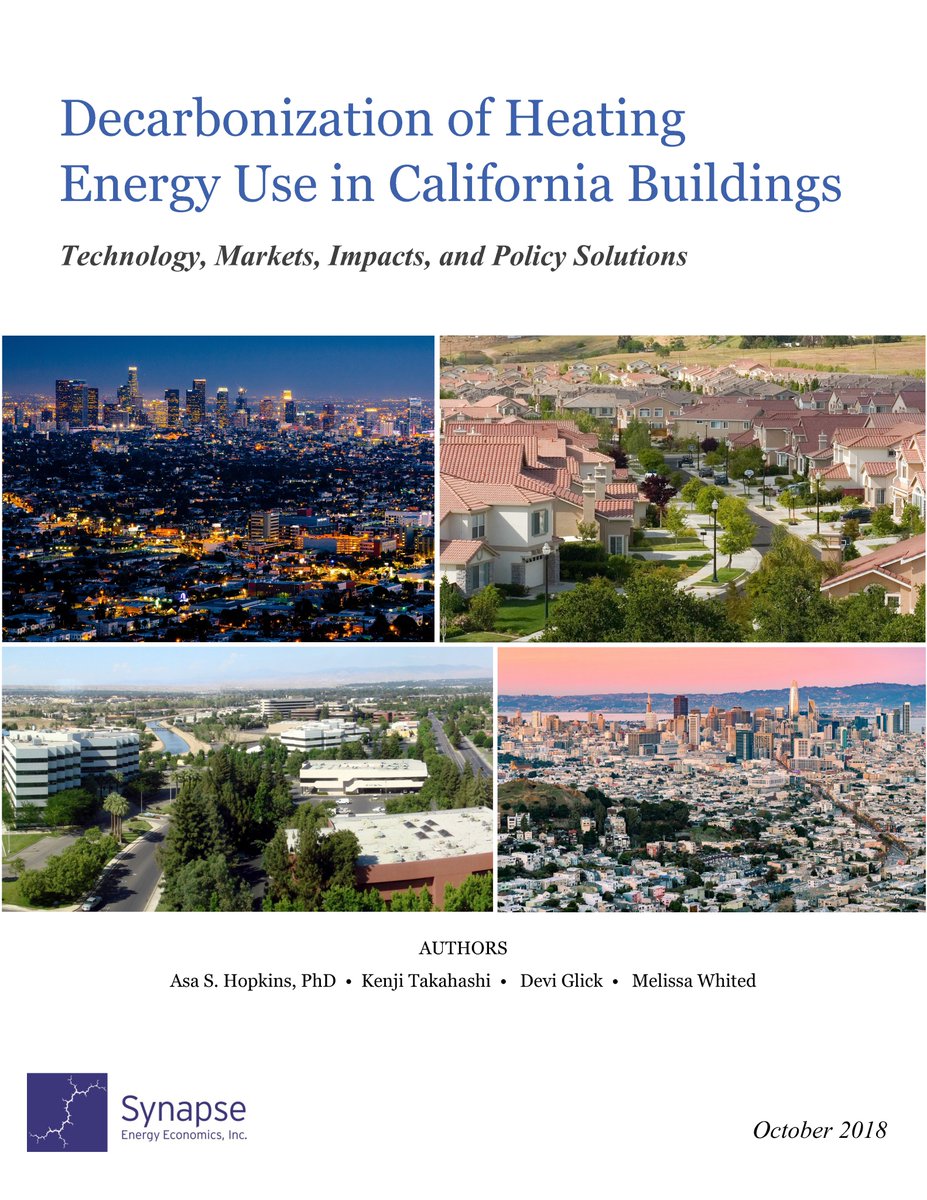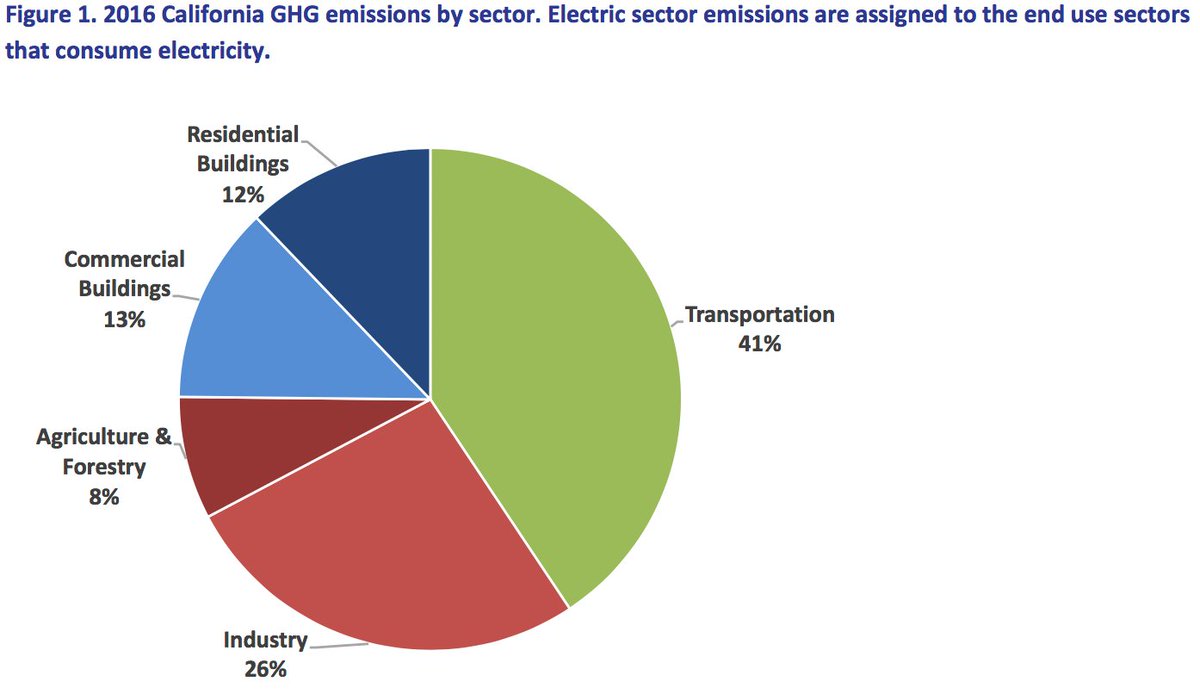arb.ca.gov/cc/inventory/d…

How we got here: Mainly by decarbonizing the electricity sector. Wind and solar costs declined rapidly, which allowed utilities opportunity to begin transition to renewables at bargain prices 3/
California's Clean Fuel Future:
nextgenamerica.org/californias-cl…
Half the oil: Pathways to Petroleum Reduction:
ucsusa.org/clean-vehicles… . 12a/
Industrial economies definitely can reduce emissions without sacrificing growth. Our economy has grown over the last decade faster than national average and fast enough to move up global GDP board. 21/








